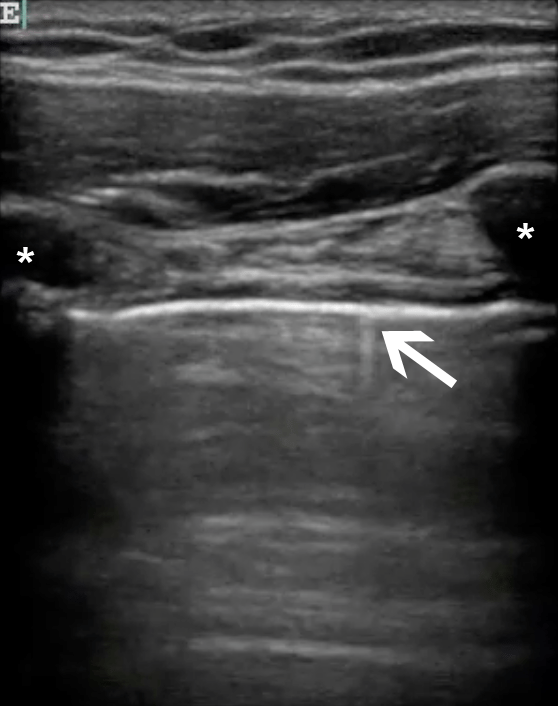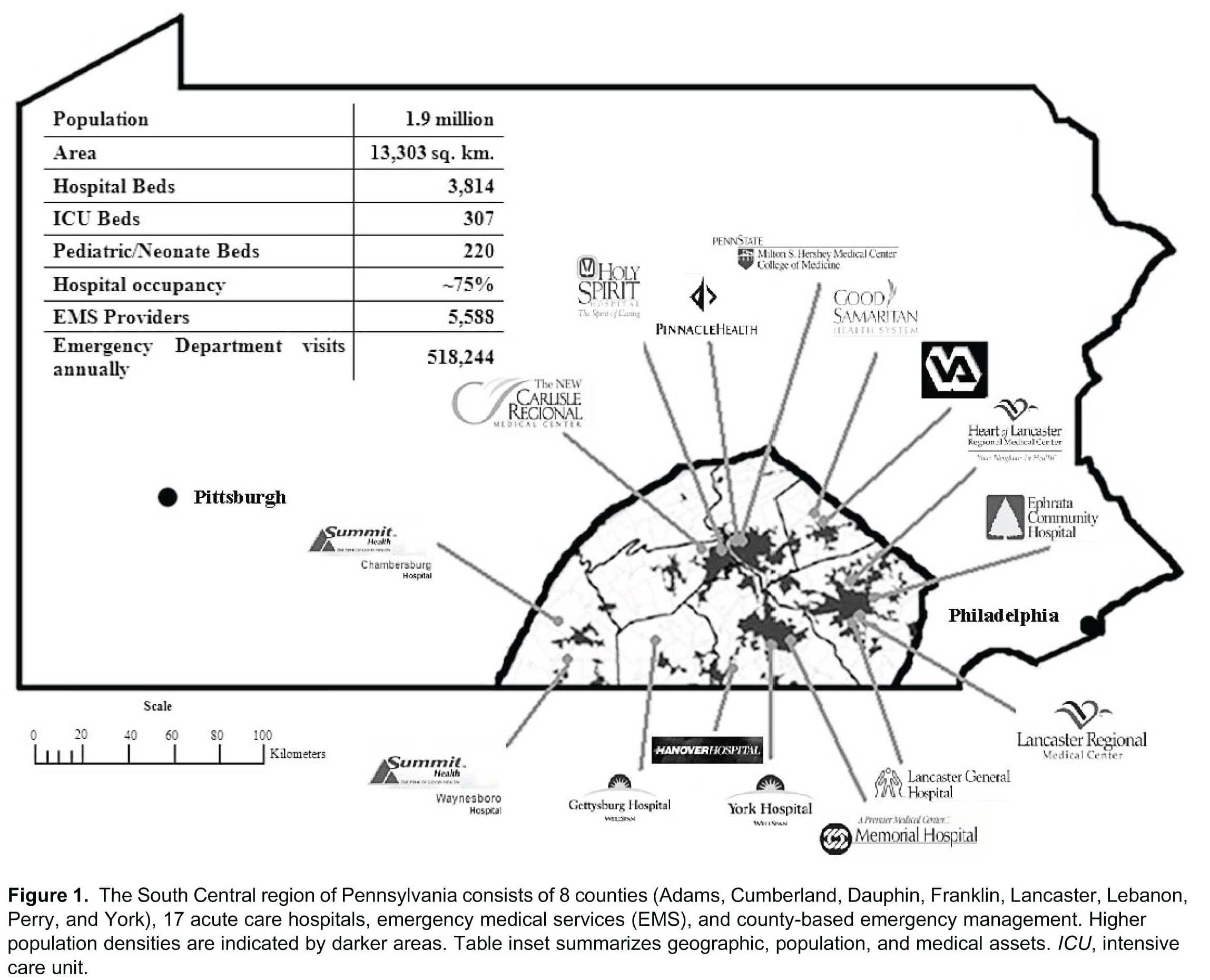Original Research
Emergency Department Access
Established and Novel Initiatives to Reduce Crowding in Emergency Departments
WestJEM Read More
Population Health Research Design
The Impact of Emergency Physician Turnover on Planning for Prospective Clinical Trials
WestJEM Read More
Healthcare Utilization
Impact of Emergency Department Management of Atrial Fibrillation on Hospital Charges
WestJEM Read More
Emergency Department Access




